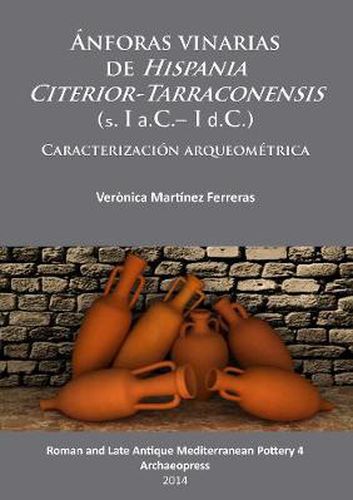Readings Newsletter
Become a Readings Member to make your shopping experience even easier.
Sign in or sign up for free!
You’re not far away from qualifying for FREE standard shipping within Australia
You’ve qualified for FREE standard shipping within Australia
The cart is loading…






This volume presents the results of a multidisciplinary archaeological and archaeometric study of the wine amphorae produced in Hispania Citerior (Tarraconensis, in Augustus’ reorganisation) between the first century BC and the first century AD. Wine production expanded in this area at the beginning of the first century BC, as new Roman towns were founded and new farms or villae gradually emerged in rural areas. However, it was during Augustus’ reign that wine production and trade reached their peak. The study aims to shed new light on the composition of the wine amphorae produced in this area as well as on the technological processes involved in their manufacture along within the period considered. For that, the study includes the characterisation of several amphora types produced in various ceramic workshops located along the Catalan coast which initiated pottery activity at different times. All the available archaeological information for each case study is reviewed, considering data referring to the production centres and also to the geology and the environment in which the pottery workshops were located. Spanish text with English summary.
$9.00 standard shipping within Australia
FREE standard shipping within Australia for orders over $100.00
Express & International shipping calculated at checkout
This volume presents the results of a multidisciplinary archaeological and archaeometric study of the wine amphorae produced in Hispania Citerior (Tarraconensis, in Augustus’ reorganisation) between the first century BC and the first century AD. Wine production expanded in this area at the beginning of the first century BC, as new Roman towns were founded and new farms or villae gradually emerged in rural areas. However, it was during Augustus’ reign that wine production and trade reached their peak. The study aims to shed new light on the composition of the wine amphorae produced in this area as well as on the technological processes involved in their manufacture along within the period considered. For that, the study includes the characterisation of several amphora types produced in various ceramic workshops located along the Catalan coast which initiated pottery activity at different times. All the available archaeological information for each case study is reviewed, considering data referring to the production centres and also to the geology and the environment in which the pottery workshops were located. Spanish text with English summary.